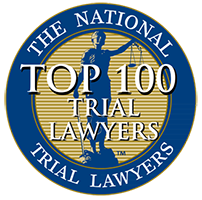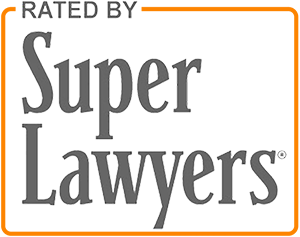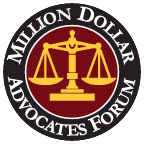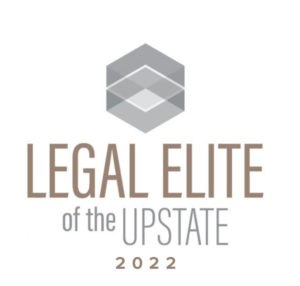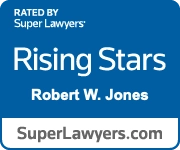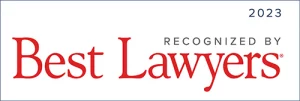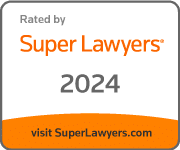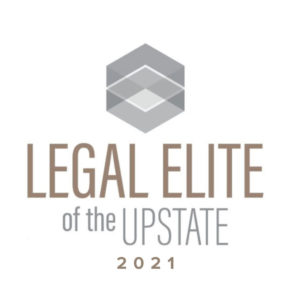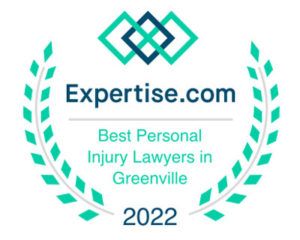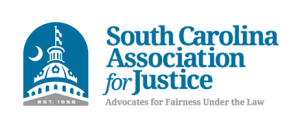If you’re involved in a multi-vehicle pile-up, what you do next can impact your safety. It may also impact the compensation you receive for the accident. Experienced Greenville car accident attorney Bobby Jones of Bobby Jones Law explains what to do if you’re involved in a multi-vehicle pile-up.
Steps To Take Immediately After a Multi-Car Pile-Up
Move to safety
The scene may be unfolding, and you may still be in danger. Exercise caution when exiting your vehicle. When you leave your vehicle, you become a pedestrian. Additional impact could cause serious injury.
It may be best to remain in your vehicle or exit the vehicle. You’ll need to evaluate the scene to determine which is the safest option.
Be mindful of weather
As you are thinking about your immediate safety following a pile-up, consider weather conditions. Pile-ups often happen when there are heavy rains, wet roads, or heavy snowfall. Staying safe may mean adjusting for hazardous weather conditions.
Call 911
Don’t assume that someone has already called 911. Don’t assume that emergency responders know how serious the situation is. Call 911 so that law enforcement and emergency medical professionals can respond appropriately.
Get medical attention
If you are injured, seek medical attention as soon as possible. This should be a priority. You must document your car accident injuries for your claim. Document the scene with photos only to the extent that you are able.
Take photos
The scene of the pile-up is the only time you can photograph the positions of the various vehicles. You can use your phone to document the accident scene with photos. Take photos of your vehicle, any vehicles that directly hit it, and the entire scene from all directions. You can also take photos of license plates to easily document what vehicles are involved.
Get driver, passenger, and witness information
When there are three or more vehicles involved in a pile-up, there may be many people involved. Gather contact information for as many people as you can. Ask for information from drivers, passengers, and witnesses. Ask for a name, phone number, and physical address. If they were a passenger, ask them what vehicle they were in. Also, ask drivers for their license and insurance details.
Contact insurance
Inform the insurance companies of the accident as soon as possible. It can start the claims process and create a timeline of events. You don’t need to give details initially. Tell them that you were involved in an accident and provide the time and place and whether or not you have injuries.
Gathering Evidence in a Multi-Vehicle Accident
The evidence that you gather immediately and in the days after the multi-vehicle accident can help your case. Here are key things you can do:
- Identify witnesses, including drivers and people in and out of vehicles
- Take photos, including the positions of vehicles, damage, skid marks, road debris, and road defects like potholes or deterioration
- Determine the number of cars involved
- Get a copy of the law enforcement car accident report
- Identify the investigating officer in case you need to follow up
- Receive medical care, keeping a record of what care you receive and associated expenses
- Journal the way the accident has impacted your life, including work and personal activities
- Investigate the weather at the time of the crash
- Perform accident reconstruction, which may be complex when there is a pile-up
- Gather witness testimony, corroborate it with other evidence, and analyze it for reliability
With the evidence you have gathered, you can proceed to pursue your case for compensation.
Common Causes of Multi-Vehicle Pile-Ups
Common causes of multi-vehicle accidents include:
- Poor visibility: When visibility is poor, drivers may not take in enough information about the conditions around them.
- Unexpected weather: The weather can change quickly. Drivers may not be prepared for sudden rain or wind.
- Driving too fast for conditions: Part of careful driving is taking conditions into account. A driver must travel at a speed that is appropriate for traffic, construction projects, and other conditions.
- Road debris: Road debris may cause a driver to lose control or suddenly change their speed.
- Following too closely: A driver must leave enough room to stop if the vehicle in front of them stops.
- Departure from the lane of travel: When a driver loses control, such as in a truck jackknife accident, they may cross multiple lanes of travel, striking other vehicles.
- Intersection accidents: When a crash occurs in an intersection, vehicles may be pushed into other vehicles. Drivers behind those first involved may not be prepared to stop.
Who’s At Fault in a Multi-Car Collision?
Fault in a multi-car collision is usually shared among two or more parties. The driver who starts the chain of events is certainly responsible, but it may not be immediately obvious who that is.
When fault is shared, careful analysis must be undertaken to apportion fault among parties.
For example, a car enters an intersection when the light is red. A T-bone accident occurs, striking the second vehicle with the right of way. Then, the vehicle behind the second vehicle continued into the intersection, not realizing that the vehicle in front of them was stopping. In this scenario, both the first and third vehicle drivers would share fault.
Fault for a pile-up can be complex. A claim requires investigating sources of compensation and the appropriate amounts.
Seek Legal Advice for Complex Liability Cases
You can have legal representation if you’re involved in a multi-vehicle pile-up. Legal representation gives you an experienced professional to evaluate fault, build the evidence, and take the steps to pursue your compensation.
Potential Compensation and Damages You May Be Entitled To
You may be entitled to economic compensation and non-economic damages for a pile-up accident. To receive a payment, you must bring a legal claim.
Contact an Attorney
Have you been involved in a multi-vehicle pile-up? Contact attorney Bobby Jones to talk about your case.



